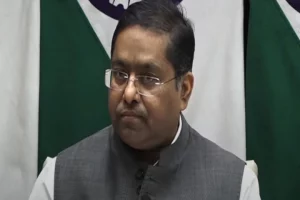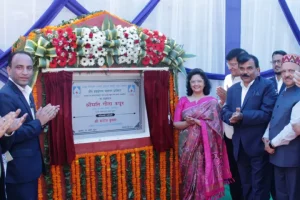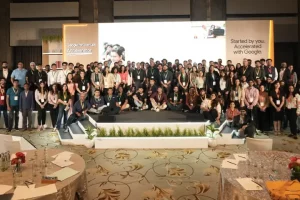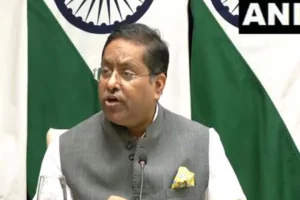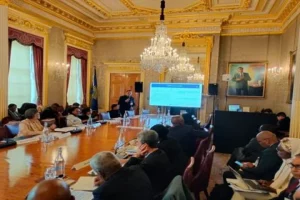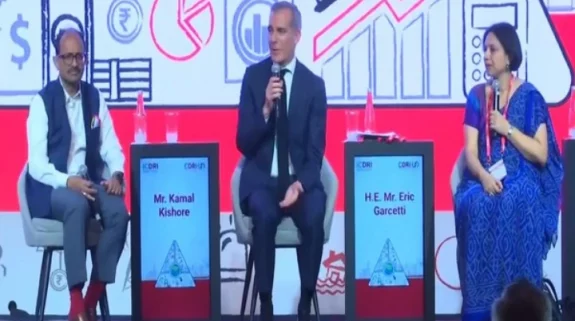In his recent remarks at a national business event, External Affairs Minister Dr S Jaishankar expounded on India’s engagements in the Indo-Pacific, a formulation that combines the Pacific and the Indian Ocean. He labelled these as the “bread-and-butter expression of our political, economic, connectivity, travel and societal interests”. To give shape to these, Jaishankar alluded to the Indo-Pacific Ocean’s Initiative (IPOI) announced in November 2019 by Prime Minister Narendra Modi at the East Asia Summit (EAS) in Bangkok, Thailand.
The IPOI is an open, non-treaty-based global initiative and aim at practical cooperation in seven thematic areas : Maritime Security; Maritime Ecology; Maritime Resources; Capacity Building and Resource Sharing; Disaster Risk Reduction and Management; Science, Technology and Academic Cooperation; and Trade Connectivity and Maritime Transport. The IPOI subsumes “Security and Growth for All in the Region” (SAGAR), another Indian initiative announced by Prime Minister Modi in 2015 which encourages States to conserve and sustainably use the maritime domain, and to make meaningful efforts to create a safe, secure and stable maritime domain.
India hopes to promote the IPOI by drawing upon existing regional cooperation mechanisms such as the EAS as also by creating new partnerships with likeminded countries as far as western Pacific Ocean. The initiative is already resonating with Australia and Japan who have agreed to lead IPOI pillars on Maritime Ecology and Connectivity respectively, while India would take the lead in Disaster Risk Reduction and Maritime Security. India is also hoping to encourage other Indo-Pacific nations to join the IPOI or even lead other thematic areas under the initiative. In this context, India’s recent engagements with the Pacific Island nations are warming experiencing. New Delhi is also reaching out to Canada. Besides, it wants to leave its footprint in Latin America as well.
Interestingly, Japan and the ASEAN are also promoting their respective versions in the dynamic Indo-Pacific region. Japan’s Free and Open Indo Pacific (FOIP) builds around ‘two continents’, Asia and Africa, and ‘two oceans’—the Pacific Ocean and Indian Ocean. The concept is not entirely new. Prime Minister Shinzo Abe had alluded to ‘Confluence of the Two Seas’ during a speech at the Indian Parliament in August 2007.
The Japanese FOIP endorses cooperation with countries who share common vision of a free and open Indo-Pacific. Its vision is to contribute to Indo-Pacific economic prosperity through physical connectivity (quality infrastructure development), people-to-people and connectivity (human resources development), institutional connectivity and strengthening economic partnership and improving business environment. Furthermore, the FOIP aims at providing capacity-building assistance to countries in the region through maritime law enforcement against piracy, counter-terrorism, and non-proliferation, Maritime Domain Awareness (MDA) and humanitarian assistance and disaster relief
(HA/DR).
On its part, the ASEAN has nailed the ASEAN Outlook for Indo-Pacific (AOIP) which promotes “peace, security, stability and prosperity for the peoples in the Indo-Pacific”. AOIP builds on the existing platforms such as the EAS, and ASEAN Member States believe that these mechanisms are fully equipped to “better face challenges and seize opportunities arising from the current and future regional and global environments”. The AIOP appears flexible to the extent that in case the ASEAN seeks, where appropriate and while preserving their formats, to develop “cooperation with other regional and sub-regional mechanisms in the Asia-Pacific and Indian Ocean regions on specific areas of common interests to complement the relevant initiatives”.
Perhaps the most important feature of the AIOP is ‘ASEAN Centrality’ which is the underlying principle for promoting cooperation in the Indo-Pacific region.
India and Japan have welcomed the AOIP and acknowledge that the respective initiatives if combined can potentially bring numerous opportunities for the region. Furthermore, India does not see the need to create any new institutional framework and will rely on ASEAN-led EAS framework (though not necessarily limited to it). Similarly, Japan's support for and cooperation with ASEAN through the AOIP is based on promoting mutual trust, mutual respect, mutual benefit, and win-win cooperation, as well as contributing to peace, stability, and prosperity in the region.
While the above initiatives auger well for the Indo-Pacific, the region is beginning to see the emergence of possible competitive Blocks—one led by the US and the other driven by China. China already sees the Quadrilateral Security Dialogue (QSD) comprising the Indo-Pacific QUAD – United States, Australia, India and Japan – as a containment strategy and has labelled it an anti-China alliance which could emerge as an “Asian NATO”. The Chinese are also worried about the announcement by at least four European nations – United Kingdom, France, Germany and The Netherland – which have aired their policies for the Indo-Pacific and could deploy naval forces in the region.
While India, Japan and the ASEAN are committed to work for region’s peace and stability, the prospect of a spiraling competition between US and China can be alarming. It will surely impact on Indo-Pacific security and future regional economic prosperity.
<em>(Dr Vijay Sakhuja is former Director National Maritime Foundation, New Delhi.)</em>.






